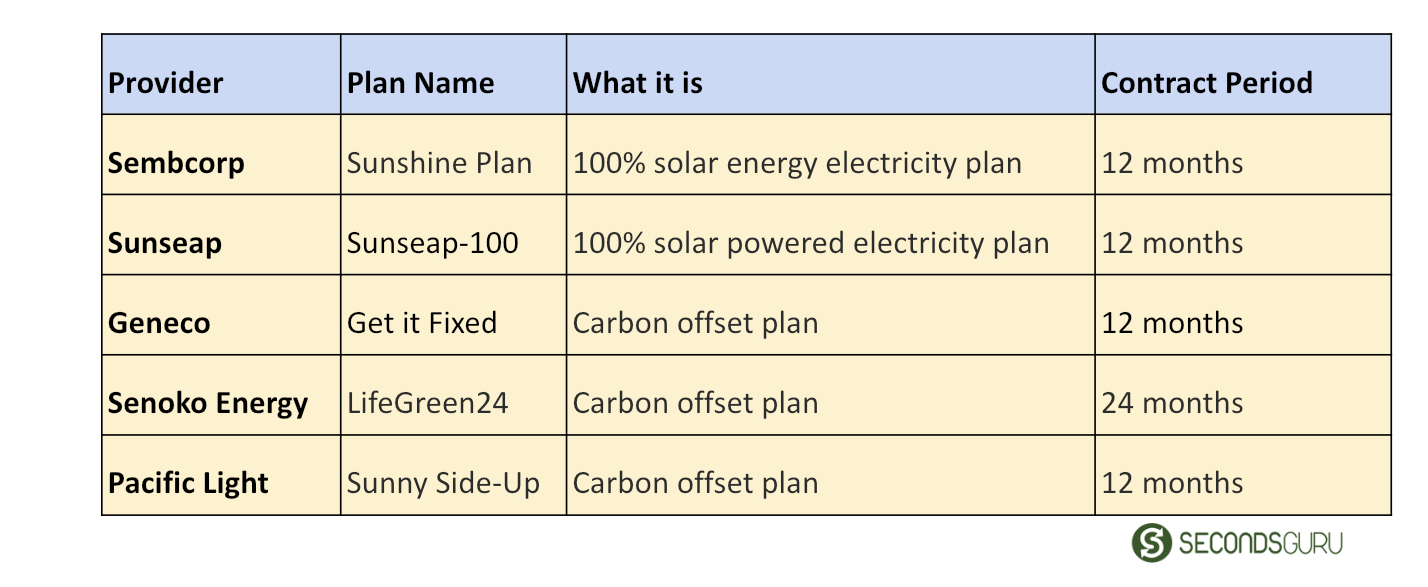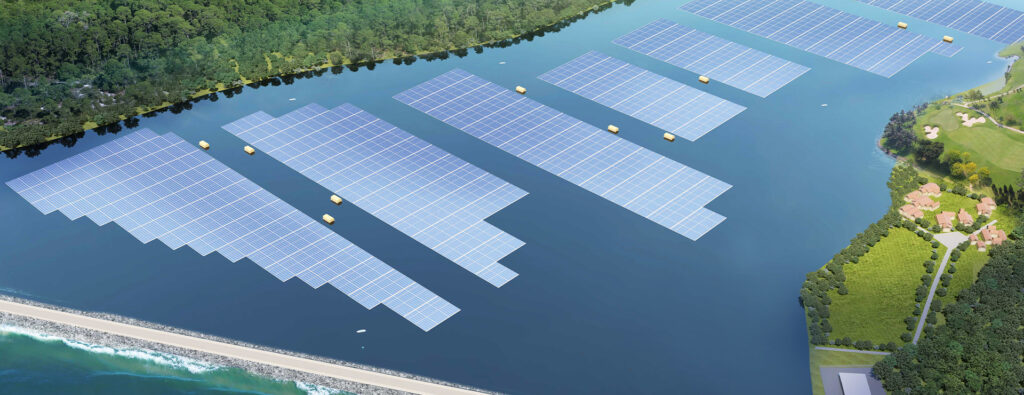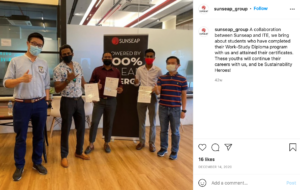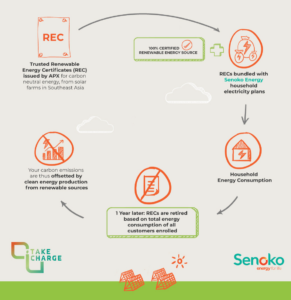Published 9 October 2021 ● Last Updated on 22 November 2021
It is hard to overstate the negative impact from traditional energy sources such as coal and oil. Fossil fuels are a key source of atmospheric carbon dioxide and the biggest driver of climate change. IPCC gives a dire warning in its sixth assessment report warning of a temperature rise of more than 1.5C above pre-industrial levels within the next two decades, and calls for a de-addiction from fossil fuels. To meet the challenge of climate change the world will need to do everything possible to transition to efficient, renewable, and sustainable energy systems all over the world.
To that end, let’s clear out a few concepts.
What is green energy?
Imagine a source of clean energy which does not produce excessive pollutants and greenhouse gases. Think of processes that harness natural sources like wind, sun, and water. What we have just described for you is green energy – such as wind power, solar power, biofuels and hydropower.
An increase in renewable energy penetration to 70-85% of global energy mix, from 25% today, can help contain global temperature increase to under 1.5 degree Celsius this century. [Download report here.]
To what extent is transition to green energy possible in Singapore?
A quick study of Singapore’s emissions profile shows that at 39%, power is one of the primary sources of national emission. Breaking down how electricity is generated: contribution of solar energy is less than 1%. Natural gas, at 95% contribution, makes up the chunk of electricity generation in Singapore. Though cleaner than other fossil fuels (natural gas generates the least carbon dioxide emissions per unit of electricity), it is nevertheless a greenhouse gas emitter. With an intent to maximise the deployment of solar energy, Singapore’s national target is that solar powers 4% of national electricity demand by 2030.
What is the role of the individuals? What can we do to lead the green energy transition?
Household usage makes up 6.4% of electricity consumption in Singapore. On a household level, a 4-bedroom HDB household takes up 1.8 cubic tonnes in carbon emissions in annual electricity consumption alone, as per SP Group which runs the power grid in Singapore. In addition to cutting down on consumption, individuals can become more prudent about their use of electricity and with their choice of green electricity providers in Singapore.
It’s no breaking news that since the rollout of the Open Electricity Market (OEM) in Singapore, consumers now have the dual freedom of choosing their electricity retailer and opting for an eco-friendly electricity plan. In the Singapore context, some of the “green electricity” options refer to carbon neutral electricity via purchase of carbon offsets, while in some cases electricity is actually powered by solar. In order to make the decision making process easier for you, we have listed a few of the green electricity plans and providers in Singapore as of October 2021.
Find out if your home is already being powered by any of them!

1. Sembcorp
Sembcorp Power is committed towards building “greener homes for a better future”. The Singapore-based green electricity supplier promises that 50kWh worth of Renewable Energy Certificates (RECs) will be retired on the behalf of every customer every month. Or even better, look up the Sunshine Plan which offers 100% solar energy from Sembcorp’s own solar assets.

2. Sunseap
Sunseap allows customers to customise to choose solar electricity plans between 1% and 100% depending on their budget and commitment towards clean energy. So unlike most other companies offering RECs and Carbon Credits (CCs) this one gives an option os truly generating and supplying clean energy.

3. Geneco
Seraya Energy’s Geneco has green electricity top-ups to their regular plans that allow customers to choose between CCs and RECs. To save $$, look up their Price Match Guarantee plan in which they give assurance of matching the cheaper price (that is if you find one!).

4. Senoko Energy
Powering Singapore since 1977, Senoko Energy has evolved over the years to balance their product portfolio to make it more sustainable. Though the website mentions that all their electricity plans “now incorporate at least 3% renewable energy”, their dedicated green plan, allowing consumers to offset their carbon emission through purchase of RECs is the LifeGreen24 plan.

5. Pacific Light
Pacific Light, an electricity retailer that offers eco-friendly electricity plans in Singapore, launched its Sunny Side-Up 12 Plan in November 2019, allowing environmentally-conscious customers to become 100% renewable and carbon-neutral in their household electricity consumption. Under the plan the consumers receive RECs which confirms that 1000 kilowatt-hour (kWh) of their energy consumption is from a renewable source, removing the ambiguity around the source of electricity.
Reaching for the (greener) light
The Open Electricity Market allows you to choose a green service provider as per your budget and needs. We hope our list of green electricity plans in Singapore will help you make the right decision and propel you forward in your journey towards running an eco-friendly household.
Related links:
Tips| Air Travel- What we can do to reduce our carbon footprint
Should you buy carbon offsets? | The solution when your best efforts aren’t good enough!



0 Comments